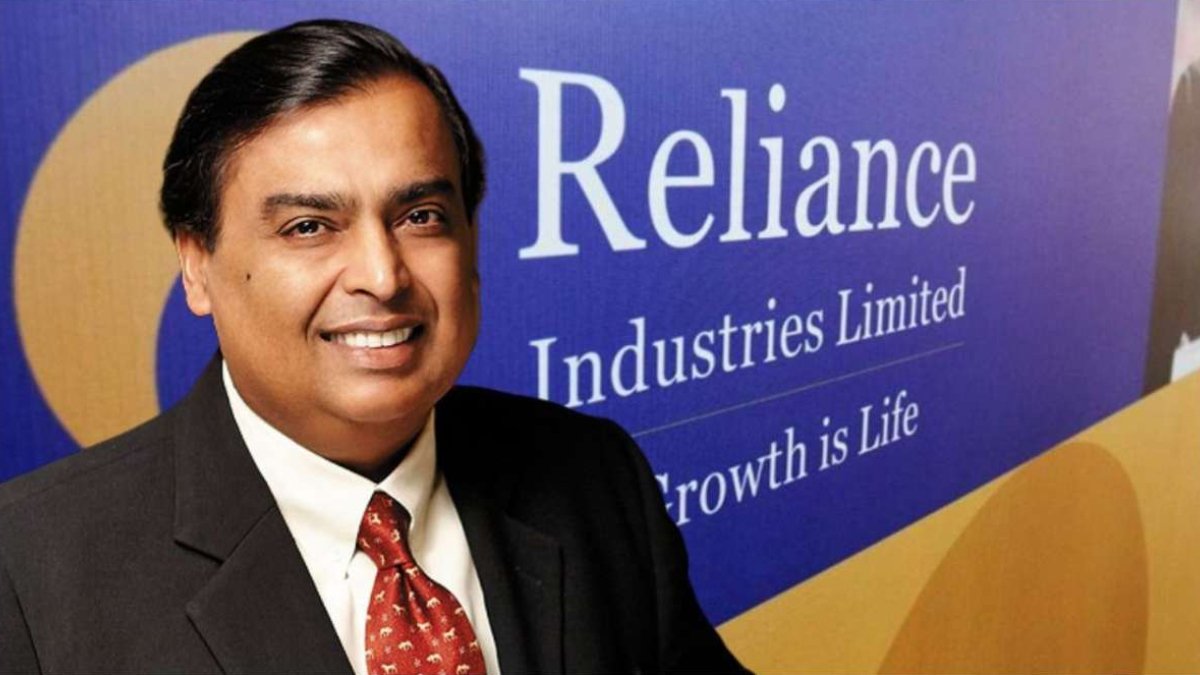Reliance Jio 6G Trial Speeds in India: Do They Signal a Next‑Gen Leap?
Reliance Jio 6G trial speeds India have become a focal point of discussion in telecom circles as Mukesh Ambani confirmed that Jio is among the first globally to develop 6G capabilities. Trials are underway, targeting transformative speeds—from multi-gigabits to potentially terabits. While details remain emerging, the project promises a leap that could reshape real-time communications, IoT expansion, and digital infrastructure on a massive scale.
Understanding what such speeds mean for India involves exploring technology, patents, policy, and ecosystem readiness. This article examines Jio’s 6G journey, implications for everyday users, global position, challenges ahead, and future innovations.
1. Jio Leads the 6G Innovation Race
Reliance Jio has already made headlines for developing its own 5G standalone (SA) network, skipping legacy architectures—a bold move that positioned it second globally in 5G SA availability with over 52% of its network users on 5G SA as of late 2024. Building on this foundation, Ambani publicly stated at the RIL AGM that Jio aims to be one of the first global players to develop true 6G capabilities.
This strategic intent is backed by an aggressive patent drive. Reliance has filed more than 3,000 patents across AI, devices, IoT, and 6G—more than 200 specifically on 6G. Such groundwork underscores Jio’s ambition to lead technologically, not just adopt.
2. From 5G to 6G: A Quantum Leap in Speed
Jio’s earlier 5G efforts were already impressive—5G SA coverage across 52% of usage and peak mmWave speeds nearing 2 Gbps Yet, 6G promises a paradigm shift:
-
Terabit-scale data rates—orders of magnitude beyond 5G,
-
Spectral bands extending into terahertz (THz) frequencies,
-
Ultra-low latency at microsecond scales,
-
AI-powered network intelligence with real-time optimization.
Jio’s trials aim to validate this vision, exploring how these capabilities translate in real-world scenarios.
3. Infrastructure: Spectrum, Towers, and Labs
Successful trials need the right infrastructure. Jio currently operates around 100,000 network towers across low-, mid-, and high-frequency bands Deploying terahertz-capable antennas will require densification, beamforming, precise fiber interconnects, and edge compute.
On the R&D side, Jio has partnered with institutions like Finland’s University of Oulu to standardize 6G technologies Domestic efforts include labs at IITs and collaborative efforts with Nokia and Ericsson to build next-gen network-as-sensor capabilities
4. Use Cases Beyond Speed
While gigabit and terabit speeds generate buzz, 6G’s real value lies in novel use cases:
-
Holographic communications and immersive XR experiences,
-
Autonomous systems like AR-driven industrial robotics or smart vehicles,
-
Smart environments with network-as-sensor integration,
-
Real-time remote surgery or AI-powered education,
-
Massive IoT connects with energy efficiency.
Jio’s early trials focus on these scenarios, testing feasibility of ultra-reliable, low-latency applications beyond simple speed metrics.
5. AI: The Neural Layer of 6G
A core tenet of 6G is AI-native architecture. Jio has embedded this into policy: its 5G stack already uses AI/ML for network slicing, dynamic allocation, and performance optimization.
For 6G, AI will drive:
-
Autonomous resource management,
-
Predictive maintenance and self-healing,
-
Intuitive QoS delivery tailored to mission-critical use cases.
The success of 6G trials depends as much on AI as on hardware.
6. Global Standards and Patent Leadership
India aims for prominence in the 6G narrative. With over 200 6G patents filed by Jio and ongoing R&D alliances abroad , Jio is contributing to international standards. This leadership could shape regulatory frameworks, spectrum planning, and global device interoperability in the coming decade.
7. Test Results, Challenges & Transparency
Jio’s commitment is clear, but trial metrics remain unpublished. Important questions include:
-
Achieved user bandwidth and latency in real settings,
-
Energy efficiency and temperature performance in THz systems,
-
Compatibility with existing mobile devices,
-
Network-wide reliability and security.
Until test data is made public, it’s difficult to assess how test speeds translate to consumer experience.
8. Infrastructure Gaps & Fibre Integration
6G needs dense coverage and fiber-rich backhaul, but India’s current scenario can be limiting. Less than 30% of towers are fiber-connected, requiring investment to upgrade backbone infrastructure Jio’s AirFiber rollout could help, offering fixed-wireless access bridges—but full success requires resolving last‑mile connectivity.
9. Regulatory Timing and Spectrum Planning
6G trial timing matters: global launch is expected by 2030, and Jio wants to align speed availability. Challenges include:
-
Spectrum allocation for THz bands,
-
Licensing and standards compliance,
-
Device certification and EMI policies.
India must engage proactively in global forums to position 6G as a driver of national competitiveness.
10. Roadmap and Strategic Expansion
Jio’s progression is likely staged:
-
Campus-scale trials with lab results,
-
Metro pilots in dense urban deployments,
-
Industrial deployments in smart factories and critical services,
-
Public trials during events like G20,
-
Commercial rollout from 2028 onwards.
Each phase requires measurable outcomes—latency, reliability, cost-per-bit—and deeper AI integration.
Final Takeaway
The Reliance Jio 6G trial speeds India narrative signals more than a PR move—it reflects genuine ambition in next-gen telecom. With robust R&D, patents, network depth, and global partnerships, Jio is positioning India as a frontrunner in 6G.
However, challenges remain: infrastructure limitations, lack of public trial data, device dependency, and spectrum policy hurdles. India must holistically address these to make 6G viable and transformative.
If Jio’s trials can deliver delightfully fast, reliable, and intelligent connectivity at terabit speeds, India may not only meet its digital aspirations, but also export 6G solutions worldwide—ushering in a new era of intelligent infrastructure and immersive experiences.
Source: The Economic Times
Suggestions: Ola Hypercharger Rollout Chennai Accelerates EV Adoption in Tamil Nadu

One Comment